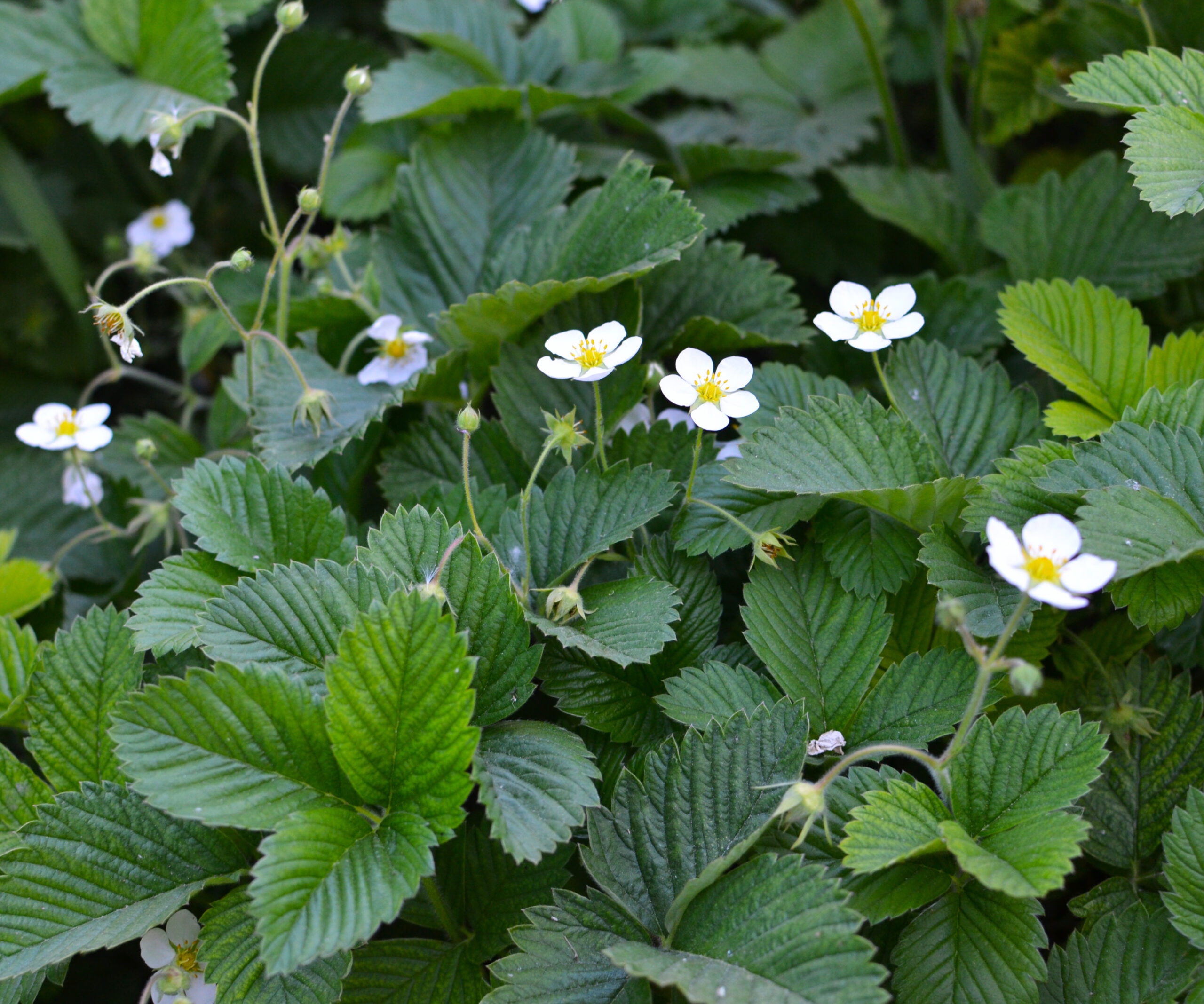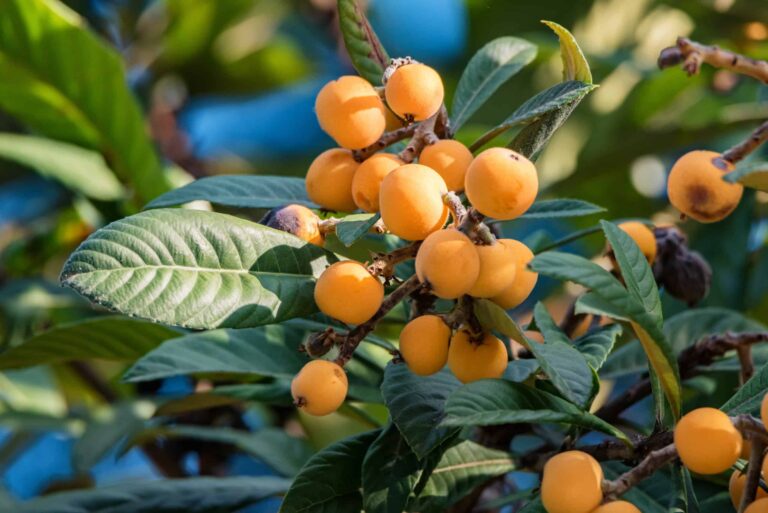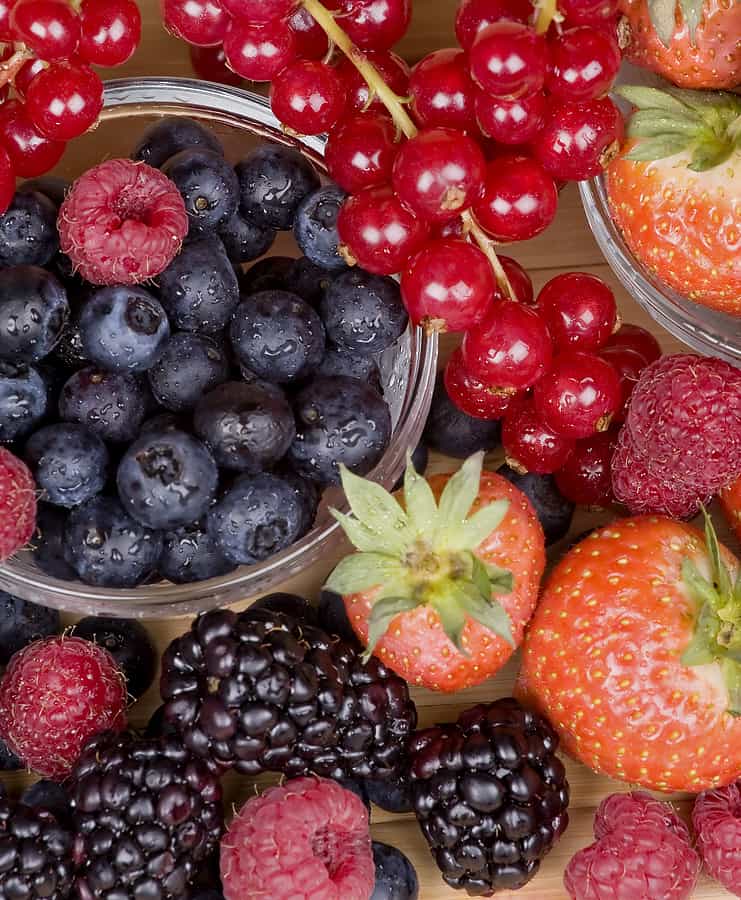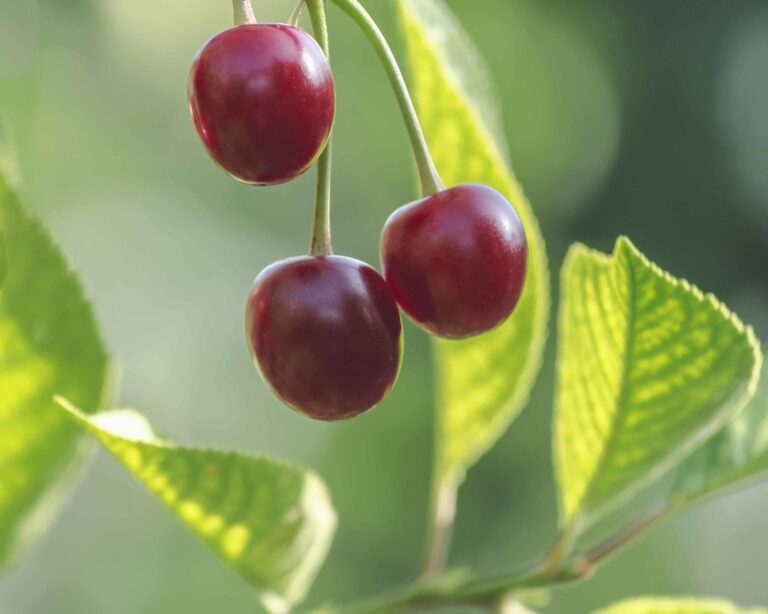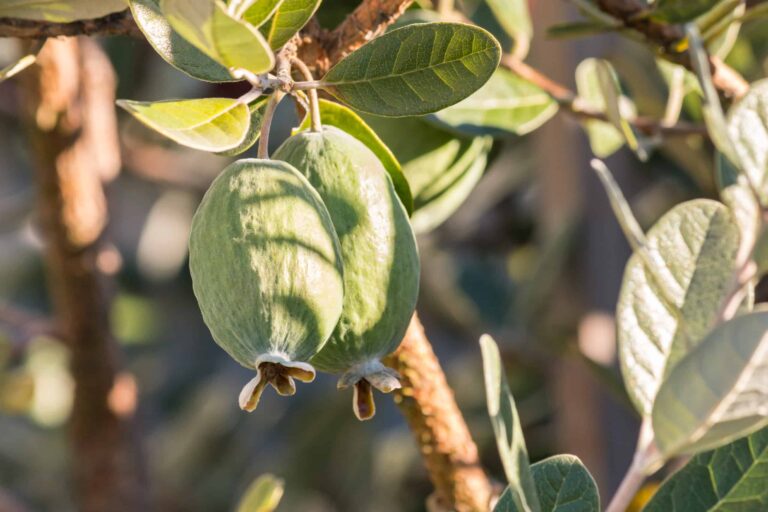Strawberries: June-bearing vs Ever-bearing vs Day-neutral Varieties — What’s Best for Your Garden
If you’ve browsed strawberry plants online or at your local nursery, you’ve probably come across terms like June-bearing, ever-bearing, and day-neutral. These categories refer to how and when the plants produce fruit—and choosing the right type can make a big difference in your harvest.
As a lifelong gardener with more than 30 years of experience growing strawberries in raised beds and containers, I’ve learned how important it is to match the strawberry type to your climate, garden goals, and personal taste.
Let’s break down the differences between these three types and explore the pros and cons of each—plus some of the best all-around varieties for home gardeners across the U.S.
🍓 What Are June-bearing Strawberries?
June-bearing strawberries produce one large crop of fruit per year—typically in late spring or early summer (not always June!). They form flower buds in the fall, go dormant in winter, and produce berries the following spring.
Pros:
- Largest harvest per plant.
- Ideal for making jam, freezing, or sharing with friends.
- Excellent flavor—often considered the tastiest.
Cons:
- Only one harvest window per year.
- Need space for runners if you want to propagate them.
- Susceptible to late spring frosts.
Top June-bearing Varieties for Most Regions:
- ‘Chandler’ – Popular in California and the South; large, sweet berries and high yields.
- ‘Jewel’ – A top performer in the Northeast and Midwest; firm and flavorful.
- ‘Earliglow’ – Grows well in colder regions; prized for its rich, sweet flavor and early harvest.
- ‘Sparkle’ – Excellent cold-hardy variety with great flavor; a classic heirloom choice.
🍓 What Are Ever-bearing Strawberries?
Ever-bearing strawberries usually produce two smaller crops—one in early summer and one in late summer to early fall. They form flower buds based on day length and often need cool weather to set fruit well.
Pros:
- Two harvests a year.
- Ideal for small gardens and containers.
- Great for snacking or small batch preserving.
Cons:
- Lower yield than June-bearers.
- Can struggle in hot summers.
- Tend to produce fewer runners.
Top Ever-bearing Varieties for Most Regions:
- ‘Ozark Beauty’ – Cold-tolerant and productive; does well across the Midwest and Northeast.
- ‘Quinault’ – Sweet, soft berries and good performance in coastal regions.
- ‘Fort Laramie’ – A very hardy variety for cold climates, even the Rockies and Plains.
🍓 What Are Day-neutral Strawberries?
Day-neutral strawberries are the most modern type. They produce fruit continuously from spring through fall, as long as temperatures stay between 35°F and 85°F. Unlike June- or ever-bearing strawberries, their fruiting is not affected by day length.
Pros:
- Long harvest window—sometimes year-round in mild climates.
- Great for containers and raised beds.
- Good choice for first-time growers.
Cons:
- Smaller individual yields at any one time.
- Need consistent feeding and watering for best results.
- Shorter lifespan than June-bearers.
Top Day-neutral Varieties for Most Regions:
- ‘Seascape’ – Developed in California; heat-tolerant and productive across many zones.
- ‘Albion’ – Excellent flavor and firmness; ideal for fresh eating and shipping.
- ‘Tribute’ – Tolerates heat and disease; popular in both home gardens and market farms.
🌱 Which Strawberry Type Is Best for You?
| Garden Goal | Best Strawberry Type |
|---|---|
| Big harvest for preserving | June-bearing |
| Small space or container garden | Day-neutral or ever-bearing |
| Continuous summer harvest | Day-neutral |
| Cold climate gardening | June-bearing or ever-bearing (cold-hardy types) |
| Mild winter gardening (zones 8–10) | Day-neutral or ever-bearing (fall-planted) |
In my own garden in Northern California, I’ve found success growing all three types in rotation. I start the season with ‘Earliglow’ and ‘Jewel’, get a summer and fall harvest from ‘Ozark Beauty’, and enjoy snacking strawberries all season from ‘Albion’ and ‘Seascape’.
🧑🌾 Final Thoughts
Choosing the right strawberry type is the first step toward a sweet, successful harvest. Think about when you want to harvest, how much space you have, and whether you’re after one big crop or berries all season long.
With the right varieties in the right spot, you can enjoy homegrown strawberries from spring through fall—and even longer in warmer climates.
Need help choosing strawberry varieties for your region? Check out my post: Best Strawberry Varieties by Region →
Related Posts:
🌱 Getting Started with Strawberries
- How to Grow Strawberries: A Complete Guide From My Garden to Yours
- Strawberry Planting Calendar: What to Plant and When
- How to Plant and Grow Strawberries
- How to Plant Strawberries: Step-by-Step
- Indoor Strawberry Starts: How and When to Begin
- Best Climate and Site for Growing Strawberries
🍓 Choosing Strawberry Varieties
- Strawberries: June-bearing vs Ever-bearing vs Day-neutral Varieties — What’s Best for Your Garden
- Strawberry Varieties by Region: The Best Picks for U.S. Gardeners
- June-Bearing Strawberry Varieties: A Complete Growing Guide
- Guide to Alpine Strawberries: Tiny but Tasty
- Growing Strawberries in Hot Summer Regions Including Best Varieties
🪴 Growing Techniques & Care
- Watering, Feeding, and Caring for Strawberries the Right Way
- Container Growing Strawberries: Space Saving Tips
- Propagating Strawberries from Runners
- Strawberry Problems Solved: Common Pests and Diseases—and How I Handle Them
🌞🌨️ Growing by Climate & Season
- Growing Strawberries Year-Round in Warm Climates: A Gardener’s Guide
- Fall and Winter Strawberry Care: Cold Climate Tips for Healthy Spring Growth
- Planning a Year-Round Strawberry Harvest
🍽️ Harvest & Enjoy

